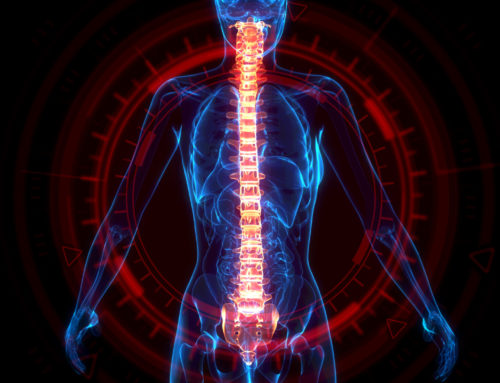Cervical myelopathy is a condition that commonly affects older US adults.
Compression of the spinal cord in the neck is to blame for the disorder. It can cause debilitating symptoms that may or may not worsen over time. As many as one-quarter of patients will need multiple operations for recurring symptoms.
Keep reading to learn more about cervical myelopathy. Here are the main symptoms to watch for.
What Is Cervical Myelopathy?
Cervical myelopathy describes compression on the spinal cord at a cervical level. The surgical condition includes spasticity, pathologic reflexes, clumsiness, and other issues. Many patients experience upper extremity symptoms as a result.
Cervical myelopathy can be treated by a doctor. Surgery decompresses the affected area. Poor prognosis is linked to longer symptomatic duration, reduced range of motion, and being born with female anatomy.
Common Symptoms
There are two types of cervical myelopathy symptoms. One affects the neck, and others are felt elsewhere in the body. The following are what you should watch for:
- Stiffness and neck pain
- Reduce range of neck motion
- Shooting pain down the spine
- Weakness or tingling in arms and hands
- Clumsiness and poor hand coordination
- Poor balance
Neck pain isn’t always a cause for concern. You should discuss your symptoms with a doctor for proper diagnosis.
Treatment Options
Your doctor will review your history, physical, and symptoms during the evaluation period. They’ll examine the gait, reflex, grip test, and others. In addition, they may order imaging to assess the spinal cord.
The longer you push off treatment, the worse the condition can become. Options include physical therapy, anti-inflammatories, minimally invasive spine surgery, and corticosteroid injections. Advanced symptoms require cervical myelopathy surgery.
Other Causes
Gradual wear and tear is the most common cause, but there are other reasons for diagnosis. When the soft tissue connecting the bones of the spinal column grows less flexible, it slowly becomes bone. As the ligament thickens, it adds pressure to the spinal cord, resulting in myelopathy.
Other causes of cervical myelopathy include whiplash or spinal trauma. You should mention these injuries at your evaluation. Spinal infections, tumors, cancers, and rheumatoid arthritis could also be to blame for the surgical condition.
More You Should Know
There are warning signs you need to watch for after diagnosis. These include loss of bladder/bowel function, worsening spine pain, and increased arm weakness. If you develop these symptoms, you need to see a doctor immediately.
Cervical myelopathy can be treated using different methods. These include pain management and temporary relief. However, there’s no cure for the spine’s degenerative changes from this condition.
Improve Your Health Today
Cervical myelopathy is a surgical condition affecting adults around the world. The symptoms can progress differently, depending on the patient. You can use what you read today as a quick guide to receiving diagnosis and treatment.
We offer more services to improve the well-being of our patients. Our team of physicians can help give your health a needed boost. Contact us today to schedule your evaluation!






